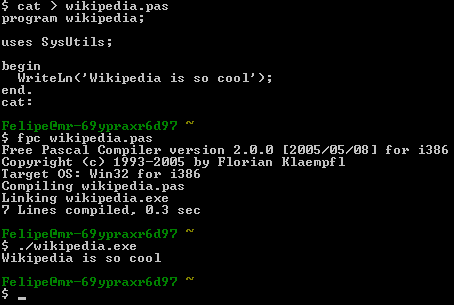Between 2010-2012 I worked with two other colleagues in Divinity to integrate student writing with blogs into one of our courses. We were able to devote some focussed attention to the relative merits and demerits of using blogs in teaching thanks to some funding from the Principal’s Teaching Award Scheme here at the University of Edinburgh (I’d encourage colleagues to apply as it’s a great way to secure resources to explore tech in pedagogical context and PTAS is great about providing avenues for dissemination). If you’d to read a bit more about it, we’ve written up some of our results which were published in 2012 which you can read here. Looking back on the experience of working with this technology in a teaching context over three successive teaching years I have to say that the use of blogging by students is not automatically successful, nor does it necessarily improve the learning experience. An instructor has to be careful about integrating the technology into a learning context which suits its contours as a form of media and a process of content generation. Continue reading
Category: command line
The Command Line

I’ll often be working on my laptop when a colleague walks past, sees a command-line window open with lines scrolling and says something like, “well that looks scary!”. The producers of the matrix captured this sentiment well with their now classic screen image that shows indecipherable characters cascading down a screen.
I think that one of the least appreciated tools might be the command line. Most folks assume that it is the exclusive domain of software engineers (or Matrix insurgents) and miss out on the efficient data manipulation that is just one step away on the command line (or if you write your own code, but we’ll save that for another post!). Continue reading
